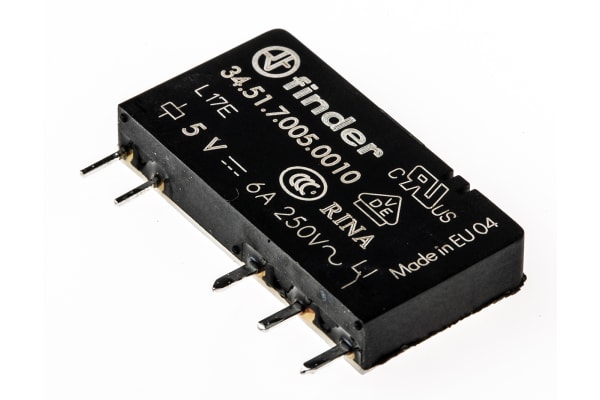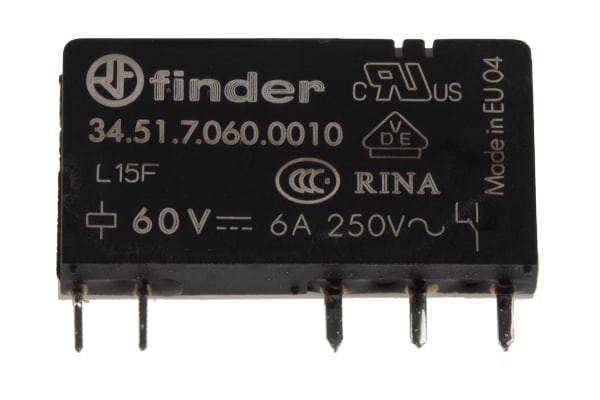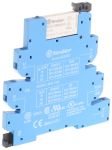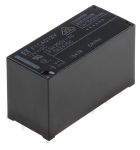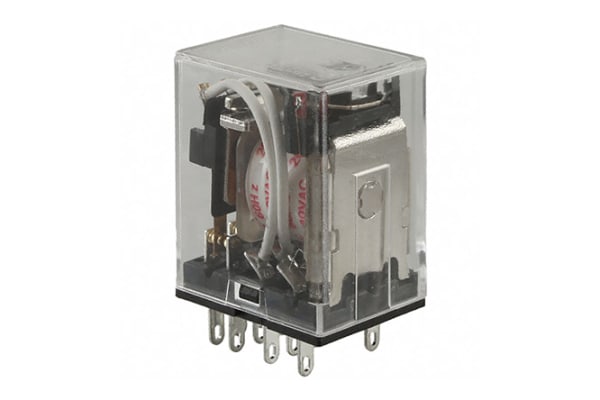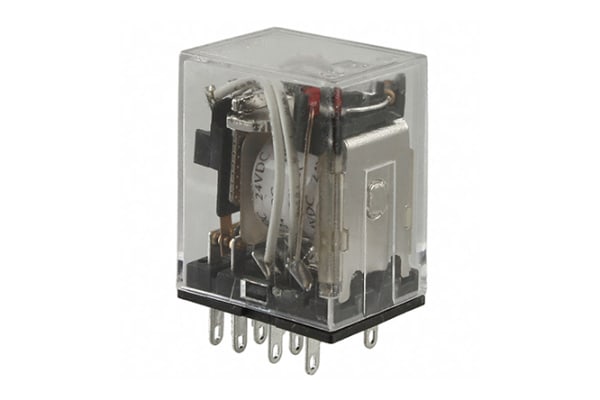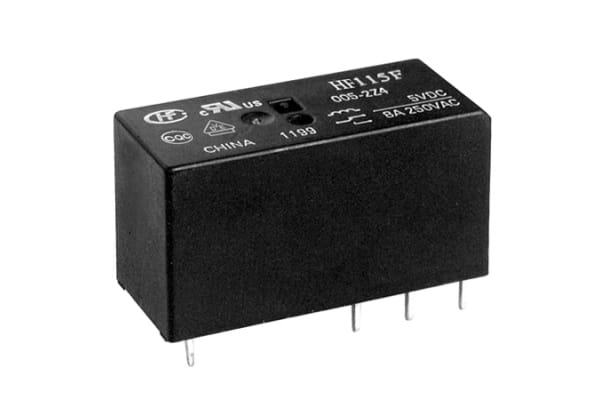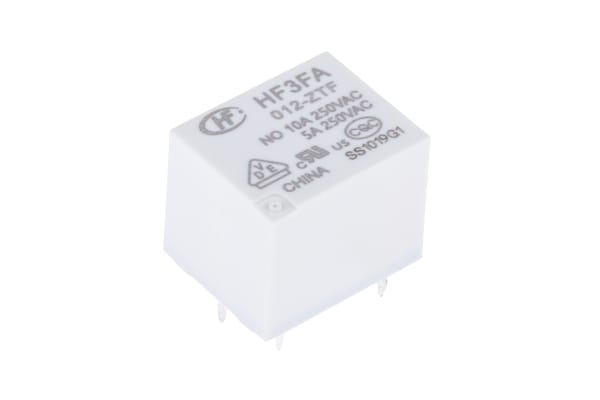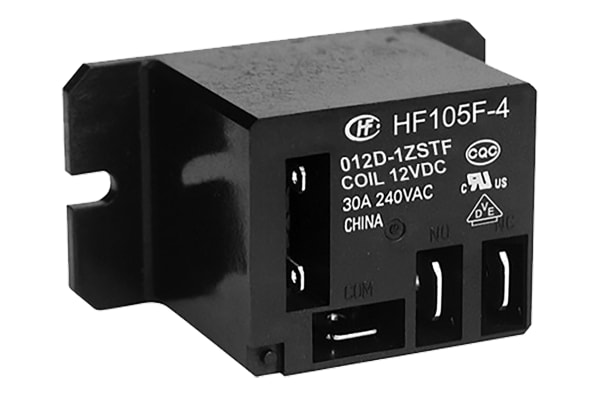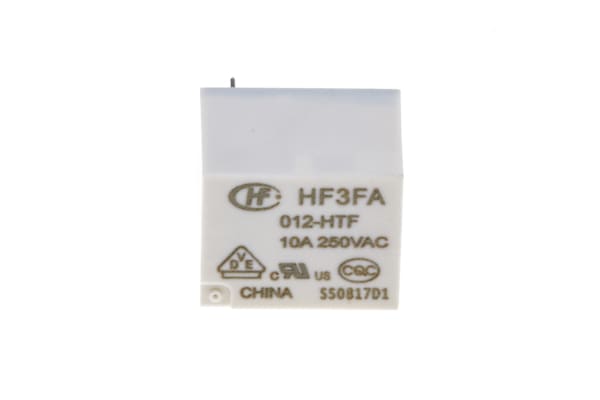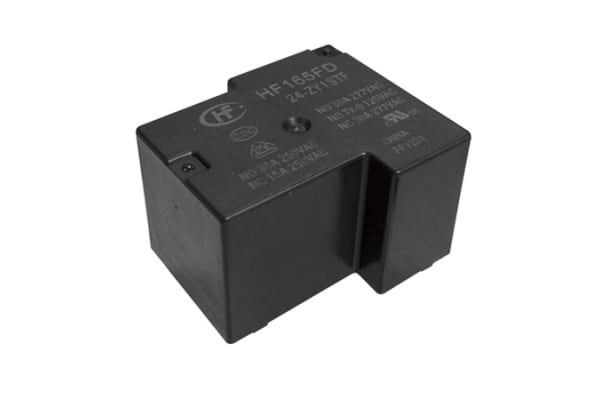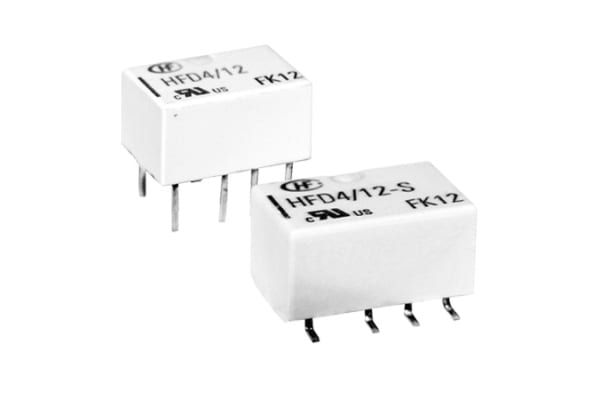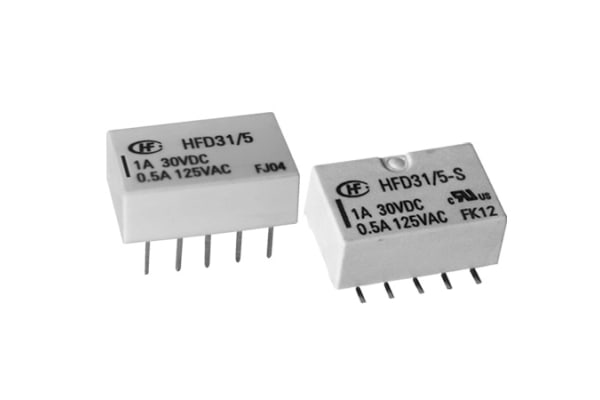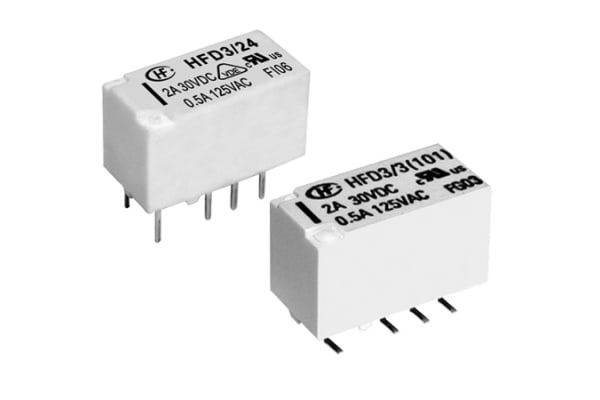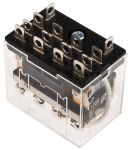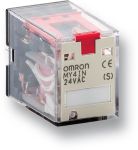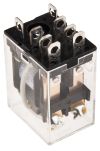Non-Latching Relays
Relays are electrical switches that are operated by electrical impulses with the primary function to open and close a circuit, they can also be referred to as industrial switches. There are 2 main types available, latching and non–latching relays.How do non-latching relays work?Non-latching relays are in a normally closed (NC) position and will stay in this state without power. When power passes through the circuit, the relay switched to a normally open (NO) position by using an internal coil to generate a magnetic force, holding this NO position. Once the current is turned off, it returns to the NC position. This makes non-latching relays well suited to push-button applications like keyboards and micro-controller input buttons.What are non-latching relays used for?Non-latching relays are highly durable and versatile components, making their performance long lasting and suitable for use in a wide range of applications, such as:Automotive enginesHousehold appliancesIndustrial machineryMedical equipmentTelecommunications equipmentWhat is the difference between latching and non-latching relays?Both types of relays in similar in design and function, however, a significant difference between them is that a latching relay will remain in the last position it when it was last powered, whereas a non-latching goes back to its normal position. This makes each more type of relay suitable for different applications. Considerations when selecting a relayWhen choosing a relay, it is important to consider a number of specifications to ensure it is fit for purpose, some factors include:Coil voltage – the required voltage to actuate the switching mechanism. If a voltage is too high this could damage the components, if it is too low then it will not actuate. Contact configuration – This is the state the contacts are in without power. For example SPST, single pole single throw.Contact material – the relay contacts are available in many materials that have certain properties. Common materials are gold, silver, tin oxide and nickel Coil power – the amount of power (watts) the coil operates at. This must match the power in the circuit for correct function. Coil resistance – the amount of resistance (ohms) in the circuit that the coil creates.
-
Finder, 5V dc Coil Non-Latching Relay SPDT, 6A Switching Current PCB Mount Single Pole, 34.51.7.005.0010
IDR132,161.40 -
Finder, 60V dc Coil Non-Latching Relay SPDT, 6A Switching Current PCB Mount Single Pole, 34.51.7.060.0010
IDR149,048.69 -
Finder, 6V ac/dc Coil Relay Interface Module SPDT, 6A Switching Current DIN Rail Single Pole, 39.11.0.006.0060
IDR212,821.81 -
Fujitsu, 12V dc Coil Non-Latching Relay DPDT, 5A Switching Current PCB Mount, 2 Pole, FTR-F1CA012V
IDR36,921.28 -
Fujitsu, 12V dc Coil Non-Latching Relay SPST, 5A Switching Current PCB Mount Single Pole, FTR-F3AA012E-HA
IDR20,558.44 -
Fujitsu, 24V Coil Non-Latching Relay DPDT, 5A Switching Current PCB Mount, 2 Pole, FTR-F1CA024V
IDR51,291.21 -
Fujitsu, 5V dc Coil Non-Latching Relay DPDT, 1A Switching Current PCB Mount, 2 Pole, RY-5W-K
IDR40,382.65 -
Honeywell, 220V ac Coil Non-Latching Relay 4PDT, 3A Switching Current Plug In, 4 Pole, SZR-MY4-N1-AC220V
IDR671,925.34 -
Honeywell, 24V dc Coil Non-Latching Relay 4PDT, 3A Switching Current Plug In, 4 Pole, SZR-MY4-N1-DC24V
IDR547,211.13 -
Honeywell, 24V dc Coil Non-Latching Relay DPDT, 10A Switching Current Plug In, 2 Pole, SZR-LY2-N1-DC24V
IDR635,948.07 -
Hongfa Europe GMBH, 12V dc Coil Non-Latching Relay DPDT, 8A Switching Current PCB Mount, 2 Pole, HF115F/012-2ZS4BF(610)
IDR79,821.29Pack (1 Pack of 2) -
Hongfa Europe GMBH, 12V dc Coil Non-Latching Relay SPDT, 10A Switching Current PCB Mount Single Pole, HF3FA/012-ZTF
IDR125,868.00Pack (1 Pack of 5) -
Hongfa Europe GMBH, 12V dc Coil Non-Latching Relay SPDT, 20A Switching Current Flange Mount Single Pole,
IDR86,429.36 -
Hongfa Europe GMBH, 12V dc Coil Non-Latching Relay SPNO, 15A Switching Current PCB Mount Single Pole, HF3FA/012-HTF
IDR101,638.41Pack (1 Pack of 5) -
Hongfa Europe GMBH, 24V dc Coil Non-Latching Relay SPNO, 30A Switching Current PCB Mount Single Pole, HF165FD/24-HY1TF
IDR95,135.23Pack (1 Pack of 2) -
Hongfa Europe GMBH, 5V dc Coil Non-Latching Relay DPDT, 2A Switching Current PCB Mount, 2 Pole, HFD4/005
IDR94,610.78Pack (1 Pack of 2) -
Hongfa Europe GMBH, 5V dc Coil Non-Latching Relay DPDT, 2A Switching Current Surface Mount, 2 Pole, HFD31/5-S
IDR198,346.99Pack (1 Pack of 5) -
Hongfa Europe GMBH, 5V dc Coil Non-Latching Relay DPDT, 4A Switching Current Surface Mount, 2 Pole, HFD3/005-S
IDR155,551.87Pack (1 Pack of 5) -
Omron, 100/110V ac Coil Non-Latching Relay 4PDT, 10A Switching Current Plug In, 4 Pole, LY4AC100/110
IDR289,811.07 -
Omron, 100/110V dc Coil Non-Latching Relay 4PDT, 5A Switching Current Plug In, 4 Pole, MY4IN 100/110DC(S)
IDR212,087.58 -
Omron, 110/120V ac Coil Non-Latching Relay 4PDT, 3A Switching Current Panel Mount, 4 Pole, MY4H AC110/120
IDR972,749.86 -
Omron, 110/120V ac Coil Non-Latching Relay 4PDT, 3A Switching Current Plug In, 4 Pole, MY4IN-GS 110/120VAC
IDR191,843.81 -
Omron, 110/120V ac Coil Non-Latching Relay 4PDT, 5A Switching Current Plug In, 4 Pole, MY4N 110/120AC(S)
IDR116,008.34 -
Omron, 110/120V ac Coil Non-Latching Relay DPDT, 10A Switching Current Plug In, 2 Pole, LY2 110/120AC
IDR176,529.87



